 | Archaeologists in Luxembourg unearthed a stash of Roman gold coins. The coins span nine Roman emperors who reigned during the fourth and fifth centuries—including Eugenius, an illegitimate usurper who ruled the Western Roman Empire for just two years. Coins were excavated at an archaeological site in the northern village of Holzthum. The Holzthum Hoard consists of a total of 141 solidii, encompassing eight Roman emperors, who reigned between 364 and 408 AD. |

 Eugenius | The burial site was a Late Roman military fort, based on the foundations of the building that the cache was deposited in. The eight Roman emperors were Valentinian I, Valens, Gratian, Valentinian II, Theodosius I, Magnus Maximus and the ursurper Eugenius, of which three solidii were attributed to him, minted in Lugdunum, modern day Lyon. Eugenius, whose brief reign resulted in clashes with Theodosius I, and subsequent demise at the Battle of the Frigidus in September 394, meant few of his coins were minted. The gold solidi are in excellent condition and because they include very rare examples, experts evaluated the coins at 308,600 euros, approximately $322,000. The Ministry of Culture paid the valuation as a finder’s fee to the landowner and acquired the coins for the nation. They will go on public display after they are conserved and studied. |

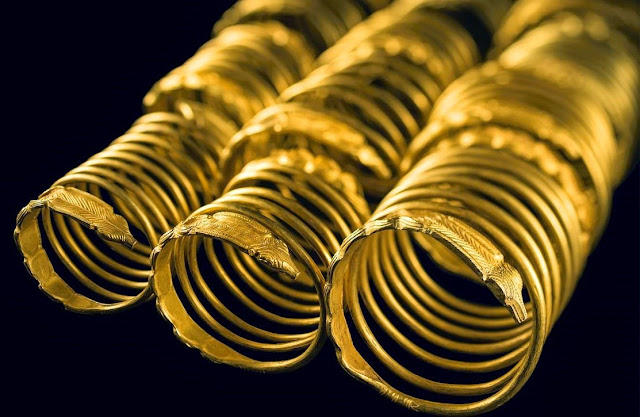

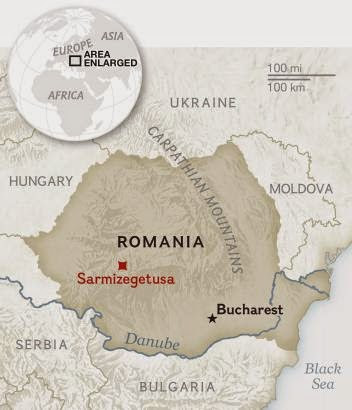










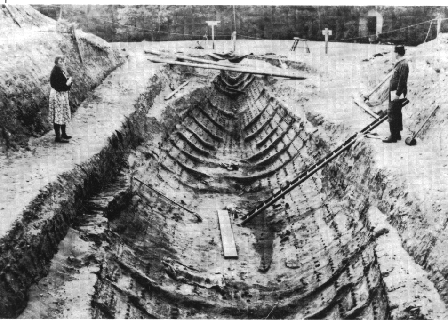



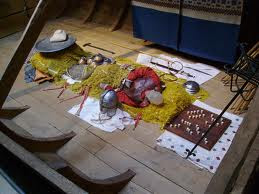



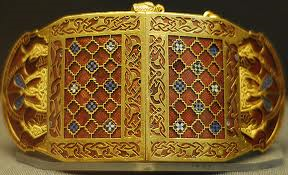

















 Under the Byzantines it was capital of the province of Palaestina Prima. The city declined under later Byzantine and Arab rule. Its port and part of the ancient citadel were rebuilt by the crusaders; the city was successively taken and retaken by Muslim and crusader forces.
Under the Byzantines it was capital of the province of Palaestina Prima. The city declined under later Byzantine and Arab rule. Its port and part of the ancient citadel were rebuilt by the crusaders; the city was successively taken and retaken by Muslim and crusader forces.









